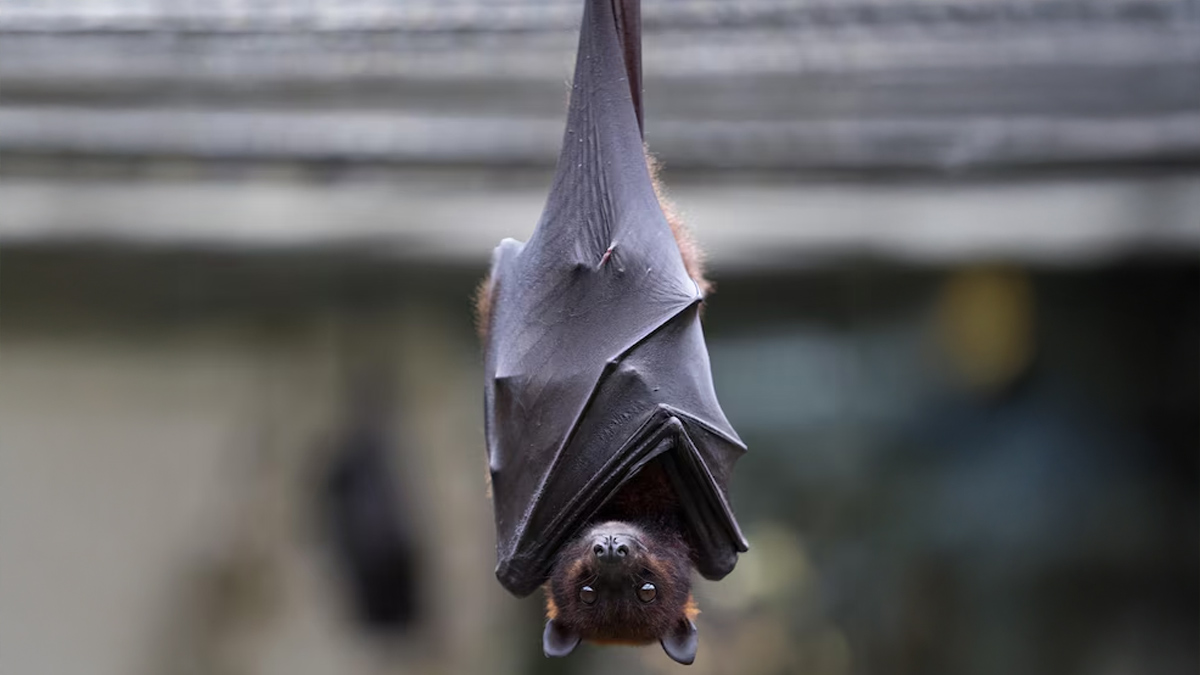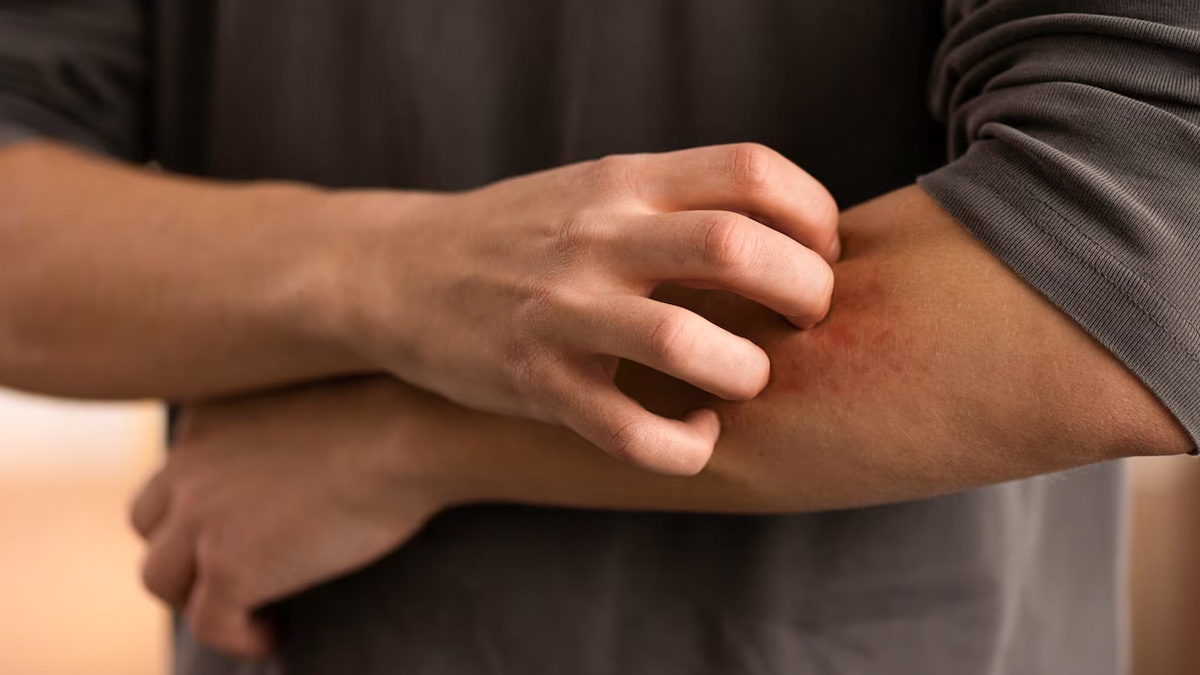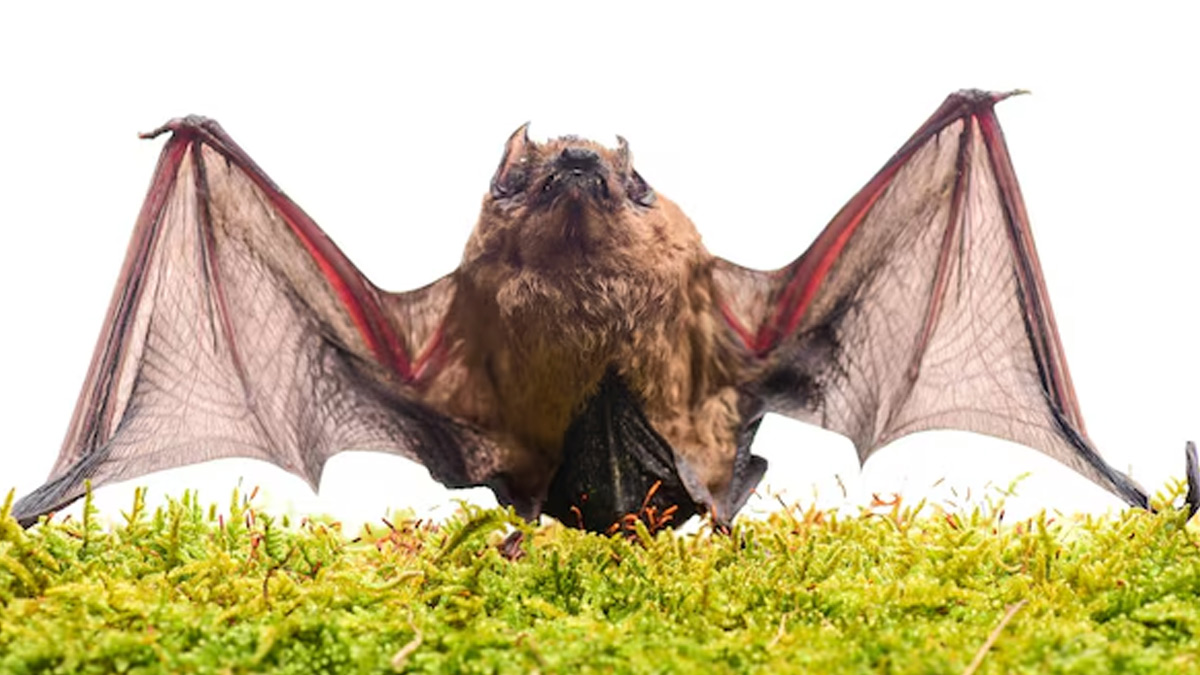What Is Australian Bat Lyssavirus: NSW Man Dies Of 'Rabies-Like' Virus After Bat Bite
A New South Wales (NSW) man in his 50s has died after being infected with what the authorities have confirmed as the state’s first case of Australian bat lyssavirus, a rare disease closely related to rabies.
“It is incredibly rare for the virus to transmit to humans, but once symptoms of lyssavirus start in people who are scratched or bitten by an infected bat, sadly there is no effective treatment,” Keira Glasgow, a director in health protection at NSW Health, said on Wednesday. This makes prevention even more crucial.
Here's everything you need to know about Australian bat lyssavirus, its symptoms, and preventive steps.

Australian Bat Lyssavirus (ABLV) is a virus that is transmitted from bats to humans. It is a rare but serious illness that affects the Central Nervous System (CNS). ABLV is closely related to the rabies virus, which is another type of lyssavirus.
Only four cases of human infection with ABLV have been recorded since the virus was first identified in 1996. Three cases were in Queensland and one in NSW, and all infections occurred after bites or scratches by bats, according to theNSW official website.
According to the official website of NSW, rabies and Australian bat lyssavirus belong to a group of viruses called lyssaviruses. These viruses transmit through a bite from an infected ("rabid") animal. They all cause a similar illness known as rabies, which affects the CNS and is usually fatal.
However, ABLV, even though closely related to rabies, is not identical to the rabies virus.
In addition to bats, evidence of ABLV infection in Australia has been found in species of flying foxes/fruit bats and insect-eating microbats.

Symptoms of Australian bat lyssavirus can appear within days to several years after exposure to the virus.
It is important to note that Australian bat lyssavirus infection is almost always fatal, making prevention extremely important. Death typically occurs within 1-2 weeks after the onset of symptoms.

Any bat in Australia could potentially carry ABLV, warn NSW health authorities. Therefore, preventive measures should go beyond post-bite or post-scratch precautions and focus on avoiding contact — and the risk of bites or scratches — altogether.
Rabies vaccination is recommended for high-risk individuals, such as:
If you are bitten or scratched by a bat, immediately wash the wound thoroughly with soap and water for several minutes.
Then, apply an antibiotic ointment and cover it with a clean bandage.
Seek immediate medical attention, especially if the bite is deep, on the head, neck, face, hands, or feet, or if you are unable to locate the bat for testing.












